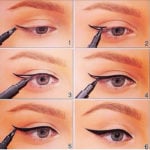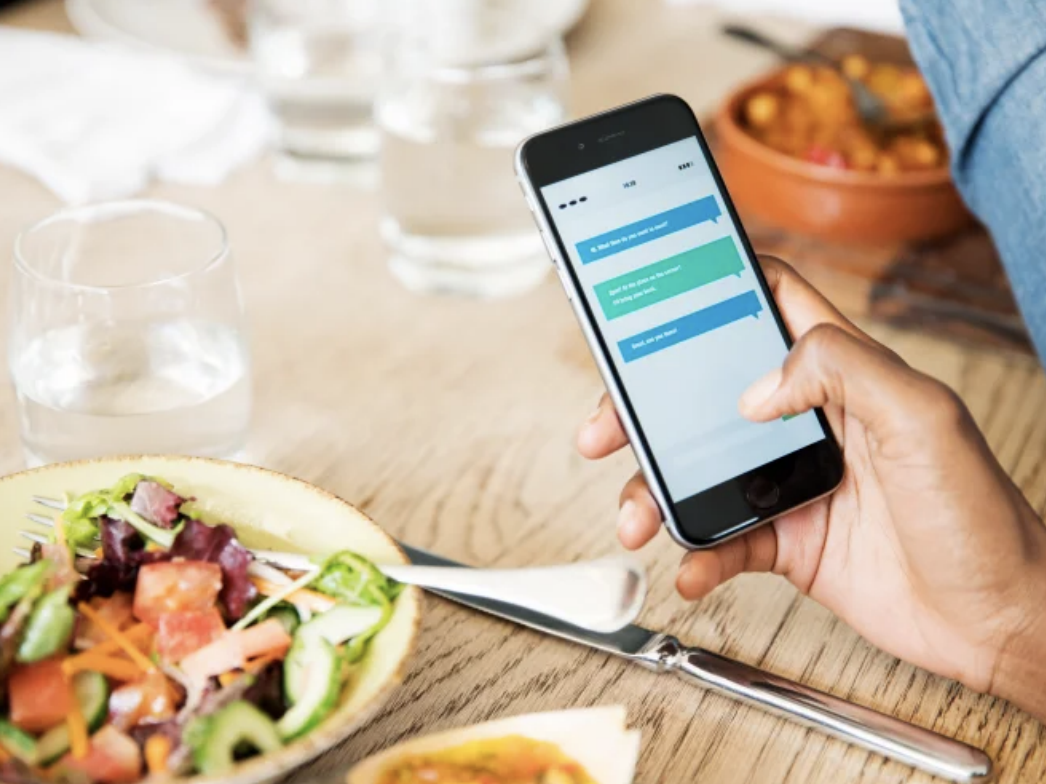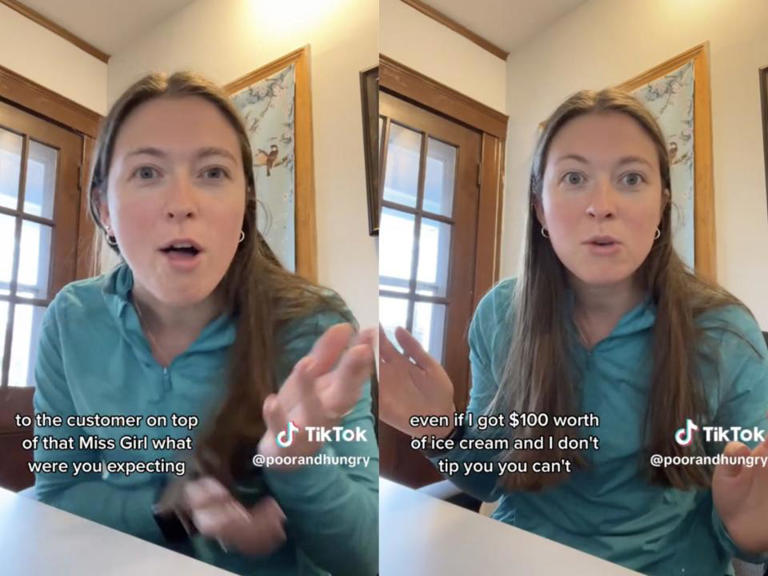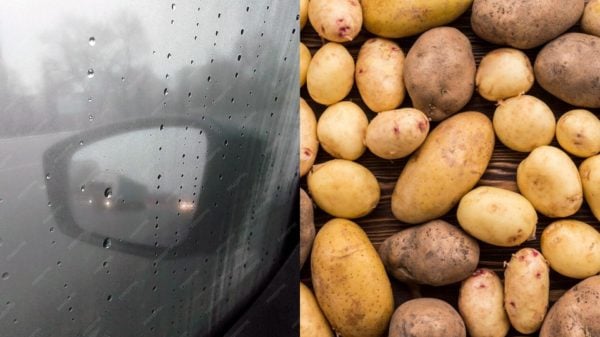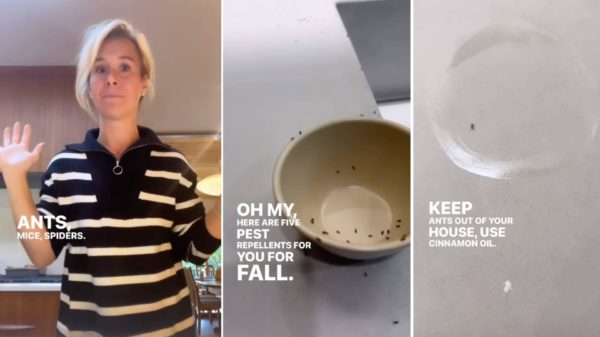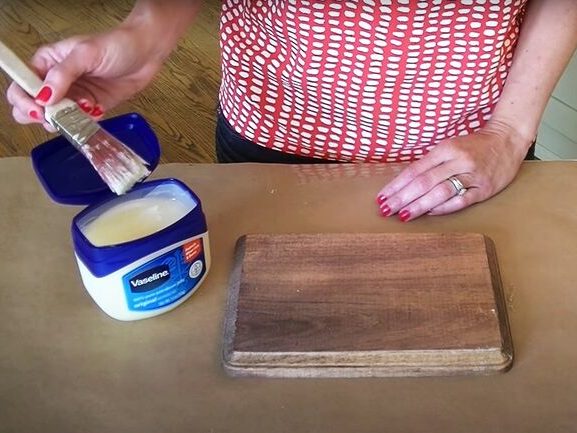In a world where a simple ice cream cone can spark a fiery argument, a seemingly ordinary Ben & Jerry’s transaction took an unexpected turn. Picture this, a woman goes into a store to get a cone of ice cream and opts out of the customary act of tipping. Little did she know that her choice not to tip would spark an unexpected reaction from the cashier. As the video has gone viral, sparking conversations across digital channels like Tiktok, the controversial topic of America’s tipping culture has been thrust back into the spotlight.
On Tiktok, a lady who goes by the username @poorandhungry shared in a video she posted on the platform about an incident where she visited a local Ben’s & Jerry’s solely because she was craving a delightful indulgence of a “fresh, warm waffle cone.” Keep in mind that this cone cost $2. Furthermore, she shared that the tip screen came up while trying to pay for it.
She expressed what went on in her TikTok, which has now gone viral with about 3.9 million views as of June 1st. She shared that although she didn’t actually say anything out loud, in her mind, she had decided that she certainly wouldn’t tip the cashier for a single cone of ice cream. She expressed that the tipping percentages were insane because she wasn’t going to tip the cashier $1 on a $2 cone that the cashier had just handed to her.
In a moment of perplexity and disbelief, the TikToker selected the “no tip” option, and this triggered an unexpected reaction from the cashier in question. Supposedly, the cashier expressed their displeasure through an upset hand gesture before turning away in visible frustration. However, with conviction, the TikToker recalls that she thought it wasn’t appropriate even if what she had bought was over $100 worth of ice cream and she didn’t tip.
The video initiated an online discussion regarding the tipping culture in the US. Several viewers expressed their agreement with the caption of the clip, which stated, “Those tip screens are OUT OF CONTROL.”
In the viral video, the woman added that she did not leave a tip because she considered the exchange of giving $2 for an empty ice cream cone to be a transaction rather than an active service.
Several other TikTokers also commented on the video and shared their personal experiences regarding this issue of tipping.
There was one user who commented that they once bought a Starbucks gift card and were surprised when the tip screen appeared. They also shared that it was okay if they were expected to tip for someone making them a drink, but for purchasing a gift card? That seemed ridiculous.
Someone else also mentioned that they were requested to give a tip “at a self-serve frozen yogurt establishment. Another comment that garnered over 62,000 likes on TikTok shared that tipping culture is excessively becoming more overwhelming.
There are a significant amount of businesses that are using tip screens that have automated prompts to suggest customers tip 15%, 20%, or 30%. The thing with tipping systems is that the process has become automated. This means people are now being prompted to give tips for basic transactions such as purchasing a bottle of water or buying merchandise at a stadium. These types of transactions usually do not require significant or ongoing customer service.
Nonetheless, many Americans are using social media platforms like TikTok to express their dissatisfaction with a trend known as “tip creep.”
One individual responded to @poorandhungry_’s TikTok, sharing that they fully support tipping at restaurants. However, the culture of tipping has become quite excessive. Businesses want it everywhere these days.
Fair compensation, who is tipped, what qualifies for a gratuity, and how much people should tip are all major topics of discussion. The use of tip automation technology has made it difficult for consumers to distinguish between when they should and shouldn’t leave a tip, leading to feelings of annoyance and dissatisfaction. The discussion surrounding the video on the internet reveals a rising belief among customers that tipping has become more than it was meant to be.










